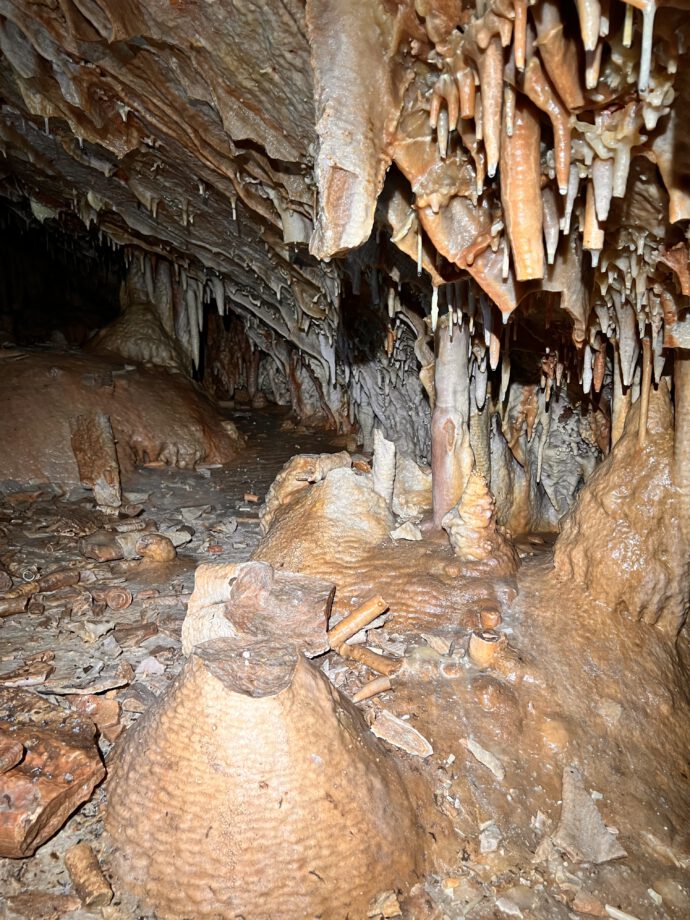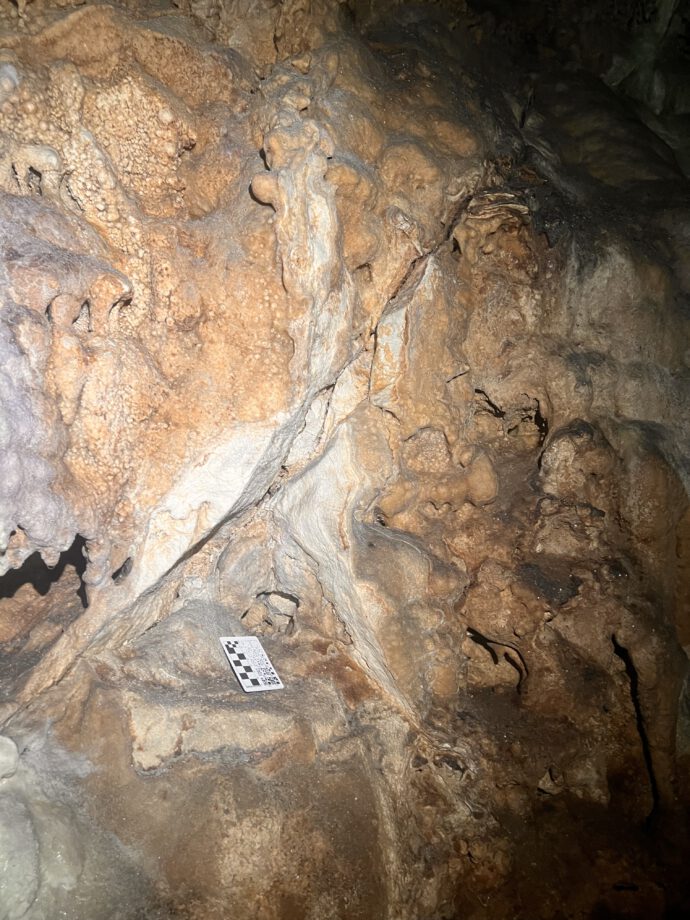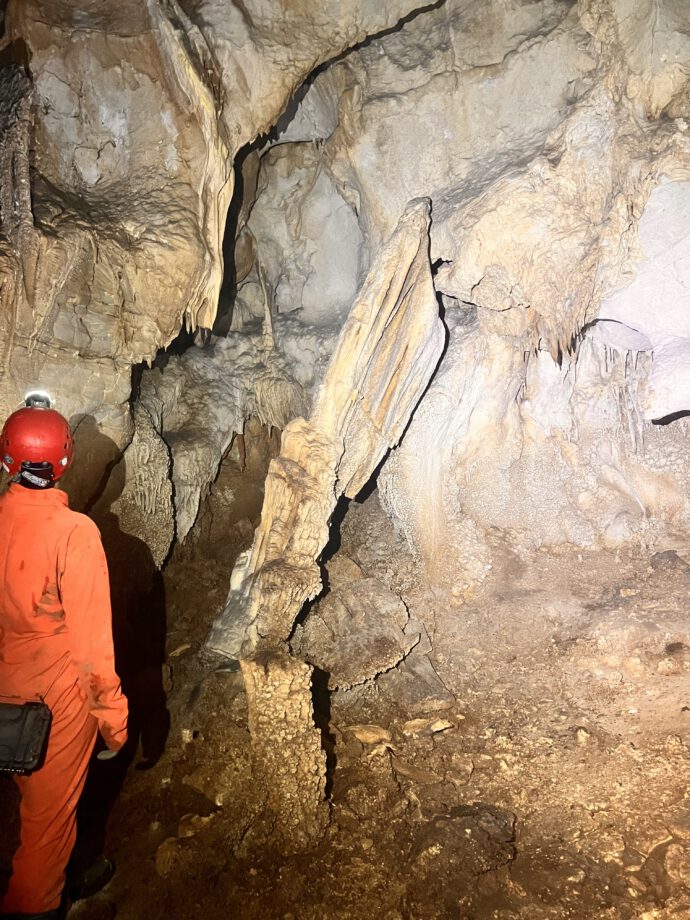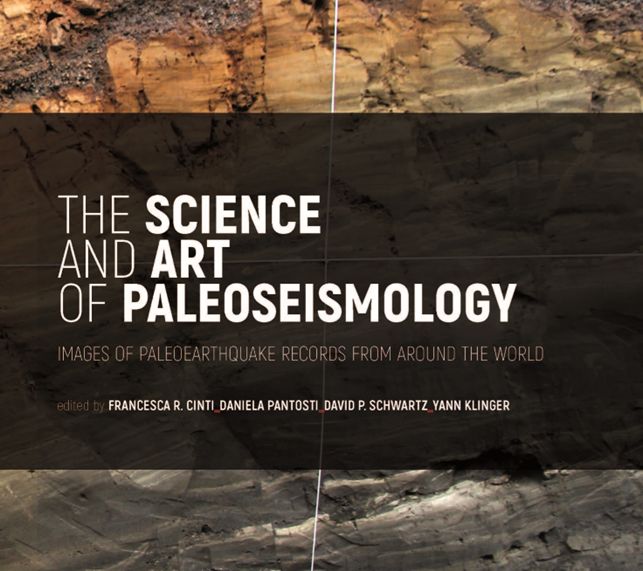Most studies in this month’s list deal with the active tectonics of Asia and the Mediterranean, but we have a wide variety of different methods covered. Make sure to check out the latest applications of the ESI2007 scale. There are also very interesting papers on fault interaction and fault behaviour in general, about cascading hazards, and about quakes in lakes. And of course there is the really cool “InSAR lookbook”. Enjoy reading!
morePosts in the category » « ( 302 Posts )
-
New papers on paleoseismology, active tectonics, and archaeoseismology (May 2025)
2025-05-05 | in Paper -
New papers on paleoseismology, active tectonics, and archaeoseismology (April 2025)
2025-04-02 | in PaperAll eyes are on the horrible consequences of the Myanmar Earthquake right now. Let’s hope that on the long term, this event helps us to be better prepared for large earthquakes elsewhere. Meanwhile, lots of interesting papers have been published, among them many that deal with seismic hazard and cascading effects and actually also one on Myanmar (Sethanant et al., 2025). Let us know in the comments of there’s something missing.
more -
Postdoc position on speleothem seismic vulnerability from FEM modeling (2 years), University of Silesia in Katowice
2025-03-28 | in JobsPlease see the flyer below – Jacek is looking for a postdoc to work on speleothems as seismometers for two years.



-
The Science and Art of Paleoseismology – Images of Paleoearthquake Records From Around The World
2025-03-14 | in paleoseismicity.org, Paper | 5 responsesThe Science and Art of Paleoseismology
Images of Paleoearthquake Records From Around The World
Edited by Francesca R. Cinti, Daniela Pantosti, David P. Schwartz, Yann Klinger
Printed in 2025
Our primary objective in publishing the book “The Science and Art of Paleoseismology” is to present observations through images of individual earthquake surface ruptures exposed in trenches across active faults in shallow continental crust across the globe.With this book we aim to provide young researchers, students, and working professionals undertaking paleoseismologic studies with images of the variable expression of surface fault ruptures in trench exposures and their interpretations. The book contains examples from strike-slip, reverse, and normal fault ruptures in a range of tectonic settings as well as descriptions of the criteria and tools used for rupture identification, thereby strengthening the interpretation of surface-fault rupture histories and earthquake recurrence.
The book includes 28 case studies by a large number of contributors. 13 are on strike-slip, 6 on reverse, and 9 on normal faults. Each rupture example is developed in four pages of photos, trench logs, maps, and text.
If you are interested in obtaining a copy of the book you can get it for free but you need to cover the shipping fees. Please send a request to the email address below including the number of copies you are willing to receive and your complete postal address. We will provide you with instructions (size, weight, address, etc.) for preparing the pre-paid shipping label.
scienceandartpaleoseismology@gmail.comA digital copy of the book is planned at a later date. Looking forward to getting your feedback
Francesca, Daniela, David, and Yann

-
New papers on paleoseismology, active tectonics, and archaeoseismology (Mar 2025)
2025-03-03 | in PaperThis week’s list of papers has some interesting work on soft-sediment deformation and quite a number of studies from the Mediterranean region. But you’ll also find something interesting if you’re more into earthquakes in the Americas, South Korea and Central and Eastern Asia. Enjoy reading!
more -
Land-to-Sea Shaking Studies Workshop, 21-24 Oct, 2025, Taiwan
2025-02-25 | in MeetingThe workshop Land-to-Sea Shaking Studies – Unlocking the full potential of subaqueous paleoseismology at active plate boundaries will be held from 21-24 October, 2025, at National Taiwan University, Taipei. This event is part of the Magellan Plus workshop series and will include keynote talks, orals and posters, breakout discussions, a session on proposal writing, and a field excursion. Check out the website here. You can already register your interest in attending via the online form.

-
Seismogenic Liquefaction: The Hidden Impact of Small Earthquakes
2025-02-18 | in Paper, UncategorizedThis is a guest post by Szymon Świątek
New research challenges the assumption that only strong earthquakes cause liquefaction. Scientists from Poland demonstrated that even low-magnitude shocks (~M3.5) can trigger sediment deformation in water-saturated fine-grained sediments. This finding expands our understanding of seismic activity and its effects on geological structures.
more -
Seismic Secrets Locked in Quartz Grains – A New Approach to Earthquake Studies
2025-02-15 | in PaperThis is a guest post by Szymon Świątek
Can we “read” earthquake history by analyzing microscopic quartz grains? New research suggests we can! Scientists from Adam Mickiewicz University in Poznań and the University of Potsdam have introduced an innovative method for studying seismic liquefaction. Their findings, published in the Journal of Structural Geology, reveal that quartz microstructures can help identify past earthquakes.
more -
Webinar on Paleoseismology with Jim McCalpin, 16 February
2025-02-14 | in Events | one responseJim McCalpin will give a talk on paleoseismology, its history, and its applications in the framework of the GeoLearn Hub and the Geohazards Communities online: Sunday, 16 February, 13:00 GMT.
moreThe webinar will be streamed via StreamYard:https://streamyard.com/xwweuya32w and viaGeoLearn Hub Facebook Page: https://www.facebook.com/share/15YgSNGjh3/ and viaGeohazards Community YouTube Live: https://www.youtube.com/live/U65FDp5bws4?si=mryLV0XAEpORrGOlThanks to Yahia Mohammedi from CRAAG (Algeria) for letting us know!More details on the content of the webinar below. -
Abstract volume for the 2025 Hokudan meeting available
2025-02-11 | in MeetingThe 2025 Hokudan meeting on active faulting was held online this year from 23-25 January. It was organised by our friend Koji Okumura. The abstract volume is now available for download here: https://home.hiroshima-u.ac.jp/kojiok/hokudan2025.html. Check it out, there’s some truly cool stuff, for example a trench with a 1700 year-old human skull in it…
